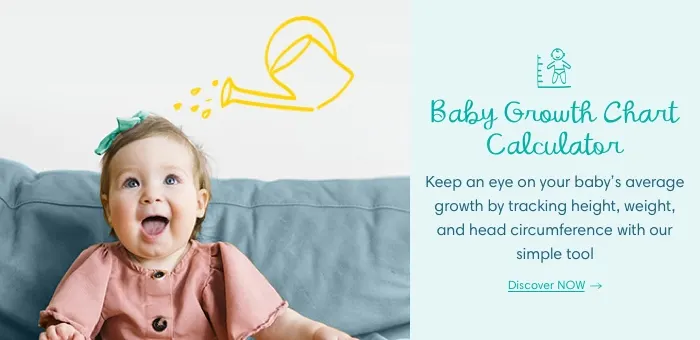
How To Treat Baby Ingrown Toenails
You may notice, perhaps as you’re drying baby off after bath time, or putting on their socks, that the skin around one of baby’s toenails looks red and swollen. Could this be an ingrown toenail? If so, how did it happen and what can you do to make sure it doesn’t happen again?
Here we will answer some common questions and provide useful tips on what you can do if your child has an ingrown toenail.
What is an ingrown toenail?
An ingrown toenail occurs when the corners of the nail grow into the surrounding skin. It happens more often with the big toe than the other toes, and the toe can appear red and swollen, perhaps with the nail disappearing into the skin.
Signs and symptoms
If you are not sure that baby’s toenail is ingrown, ask your doctor or health visitor to check it. To help decide if it is an ingrown toenail, look for these signs and symptoms:
Is it ingrown?
Babies have plump feet and soft, pliable nails that may appear to be ingrown but are actually just curved. The key here is if there is any swelling, pus or redness present. If your child also has a fever, the toe may be infected and you should consult your GP or health visitor without delay.
Common causes of an ingrown toenail
A baby’s nails are soft and pliable and if sharp, can easily start to grow under the cuticle round the nail. A baby ingrown toenail can develop when:
Can I treat the ingrown toenail?
There are some treatments you can try at home if there is no pus or fluid present and your child does not have a fever:
Preventing it from happening again
What happens if you leave an ingrown toenail untreated?
If you leave an ingrown toenail, will it go away on its own? If it is red, swollen or leaking fluid, it needs attention and if in any doubt, let your GP have a look.
When should you see the doctor about a child’s ingrown toenail?
If after a week of home treatment there are still signs of infection, such as swelling, redness, pus or bleeding, see a doctor. Do not delay a visit to the GP if your child develops a fever or if the redness starts to spread.
FAQS AT A GLANCE
Baby ingrown toenails usually occur when the sharp corners of the nail grow under their skin or by cutting nails too short or tight-fitting shoes.
The bottom line
It can be disconcerting to see an ingrown toenail on your little child, but it is actually quite common. Try the home treatment, but if in any doubt, take a trip to your health visitor or doctor and get a second opinion.
The information in this article is based on the expert advice found in trusted medical and government sources, such as the National Health Service (NHS).The content on this page should not replace professional medical advice. Always consult medical professionals for full diagnosis and treatment.
- https://www.nhs.uk/conditions/ingrown-toenail/
- https://www.nidirect.gov.uk/conditions/ingrown-toenail
- https://www.wsh.nhs.uk/CMS-Documents/Patient-leaflets/TraumaandOrthopaedics/5424-3-Ingrowing-Toenail.pdf
- https://www.bdct.nhs.uk/wp-content/uploads/2016/12/Babies-and-Childrens-Feet-Leaflet.pdf
- https://www.sueferguson.co.uk/ingrown-toenails-in-babies.html
- https://www.babyshoes.co.uk/blog/7-tips-for-buying-your-babys-first-walking-shoes/
- https://www.nhsinform.scot/illnesses-and-conditions/skin-hair-and-nails/ingrown-toenail
- https://www.verywellfamily.com/caring-for-baby-toenails-284174
Read more about Baby
Related Articles
Join Pampers Club and get:














